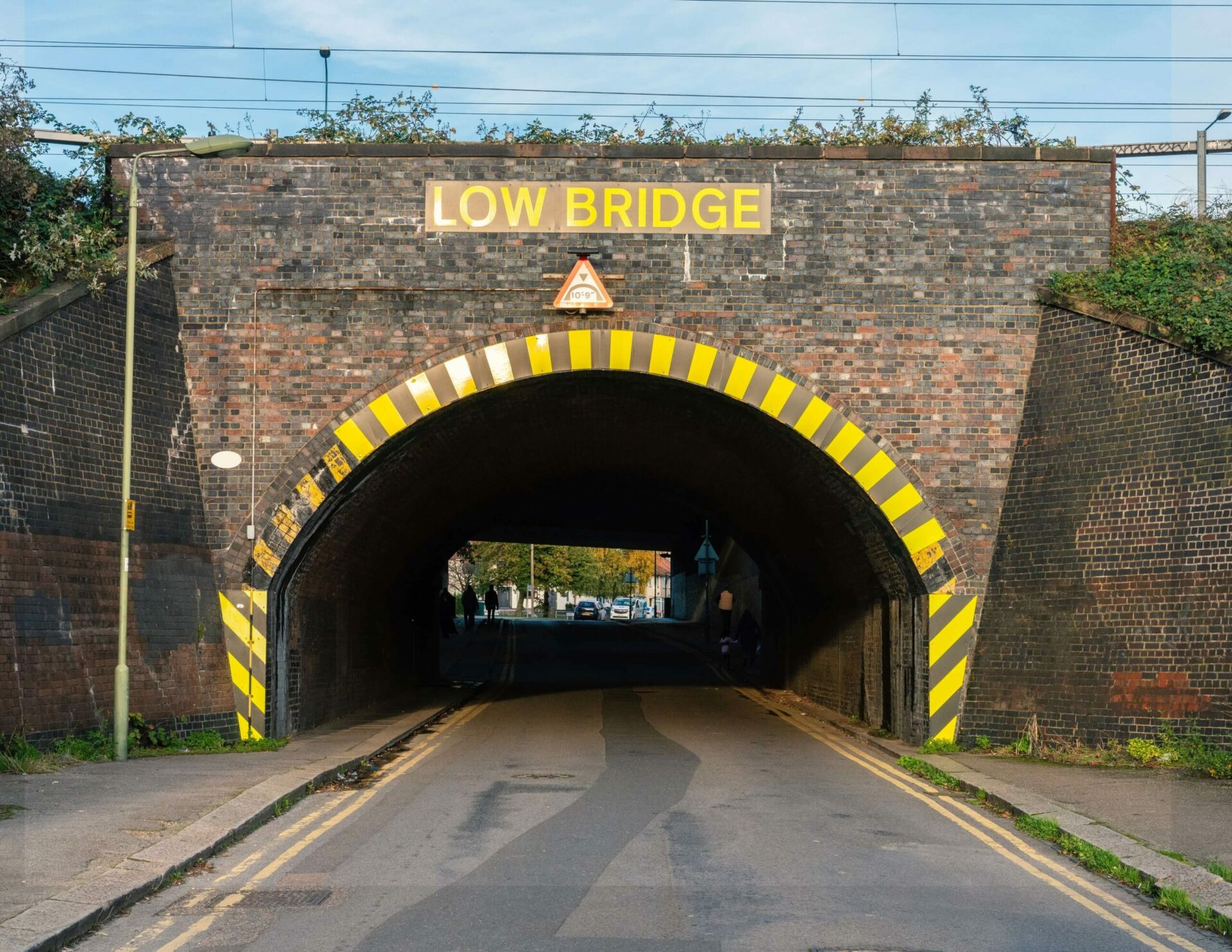Accidents involving vehicles and bridges can have serious implications. From immediate safety concerns to potential legal consequences, knowing what to do in such situations is paramount. Let’s break down the steps to take when a vehicle hits a bridge and how to provide all necessary information to the Office of the Traffic Commissioner.
Immediate Actions to Take When Your Vehicle Hits a Bridge
Experiencing a bridge strike can be overwhelming, but swift and appropriate actions can mitigate further damage and ensure everyone’s safety.
Ensure Safety
The first step after a bridge strike is to ensure the safety of everyone involved. Move to a safe location if possible, and alert other road users to prevent additional accidents. Always prioritize human safety over the vehicle or cargo.
Report the Incident
Once safety is secured, report the incident to the relevant authorities. This typically includes local police and, if the bridge is over railway tracks, the rail authorities as well. Timely reporting ensures that the appropriate steps can be taken to assess and manage the situation.
Gather Information
Collect all necessary details at the scene. This should include:
* Exact location and time of the incident
* Vehicle details (license plate, make, model, and height)
* Description of the damage (to both the bridge and the vehicle)
* Photographs from multiple angles
* Contact details of witnesses (if any)
Documenting these details accurately will aid in both the immediate management of the incident and any subsequent investigations.
Notifying the Office of the Traffic Commissioner
Reporting a bridge strike to the Office of the Traffic Commissioner is a key legal requirement. Here’s how to do it right.
Required Information
When notifying the Office of the Traffic Commissioner, ensure you provide comprehensive information. This typically includes:
* The date and time of the incident
* Exact location of the bridge strike
* Details of the vehicle involved, including height
* Nature and extent of the damage
* Driver’s information and company details
* Photographic evidence of the incident
* Copies of the police report (if available)
Timelines for Reporting
Timeliness is crucial when reporting to the Office of the Traffic Commissioner. Generally, you must notify them within 28 days of the incident. Failure to do so can result in penalties or other legal consequences.
Possible Consequences of a Bridge Strike
Bridge strikes carry significant repercussions, affecting both the driver and the operating company.
Legal Implications
Legal actions can follow a bridge strike, including fines or court proceedings. The Traffic Commissioner may hold inquiries to determine any negligence or breaches of law, potentially leading to driver disqualification or company sanctions.
Financial Penalties
Bridge strikes can be costly. Beyond immediate repair costs, there may be fines imposed by authorities, compensation claims from affected third parties, and increased insurance premiums.
Impact on Operator’s License
Repeated or severe incidents can jeopardize an operator’s license. The Traffic Commissioner has the authority to suspend or revoke licenses, affecting the company’s ability to operate.
Preventative Measures to Avoid Future Bridge Strikes
Prevention is always better than cure. Implementing preventative strategies can significantly reduce the risk of bridge strikes.
Training Drivers
Proper training for drivers is essential. Emphasize the importance of knowing vehicle dimensions, planning routes that avoid low bridges, and always observing road signs indicating bridge heights.
Use of Technology
Technology can be an invaluable ally in preventing bridge strikes. GPS systems with updated maps and notifications about low bridges, as well as height sensors on vehicles, can provide real-time alerts to drivers.
Regular Vehicle Checks
Frequent vehicle checks are critical. Ensure that any modifications to the vehicle height are documented and that the vehicle conforms to all height restrictions. Regular maintenance can preemptively address issues that might cause clearance problems.
Conclusion
Bridge strikes are serious incidents that demand prompt and precise action. By ensuring safety, reporting accurately, and notifying the Office of the Traffic Commissioner, you can manage the immediate fallout effectively. Understanding the potential consequences and implementing preventative measures will help mitigate risks and ensure compliance. Always remember, the best strategy is prevention through training, technology, and regular checks.
